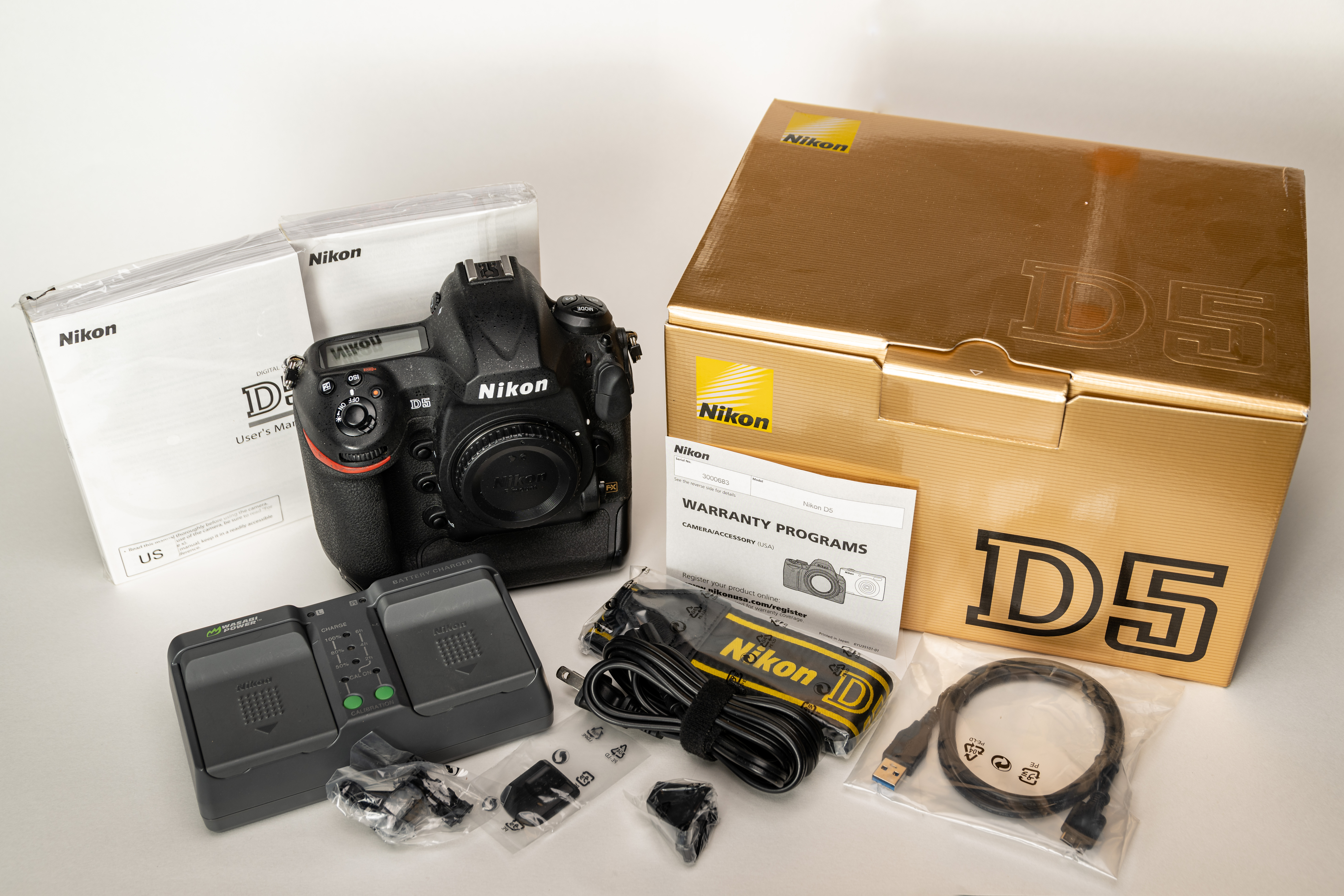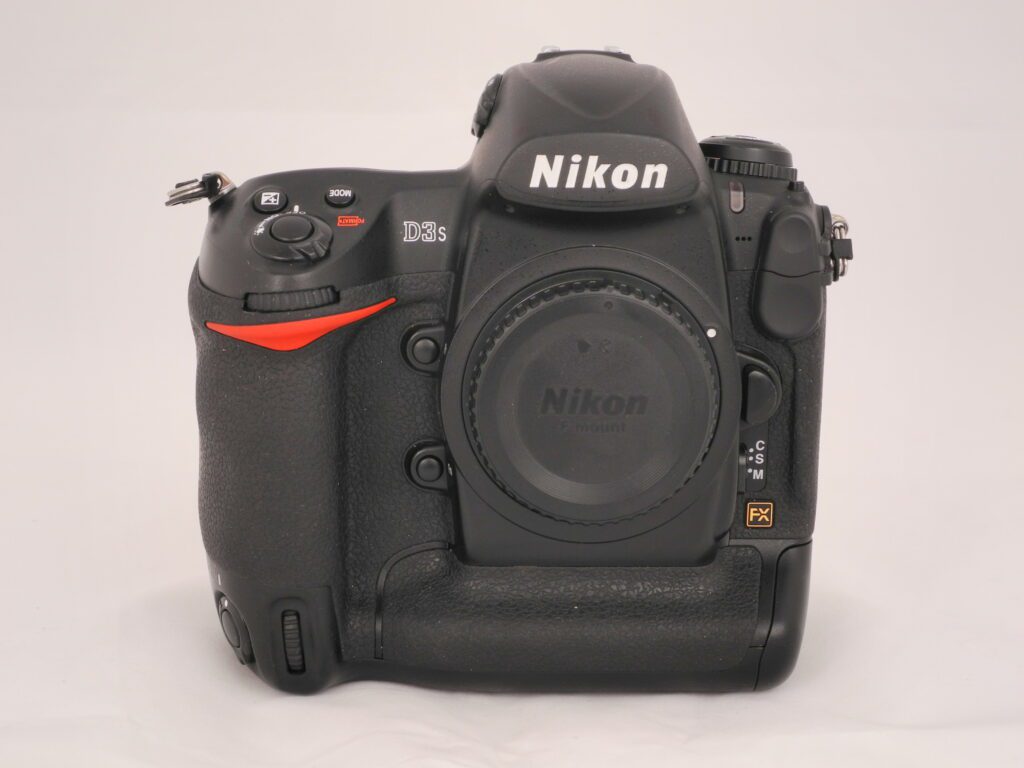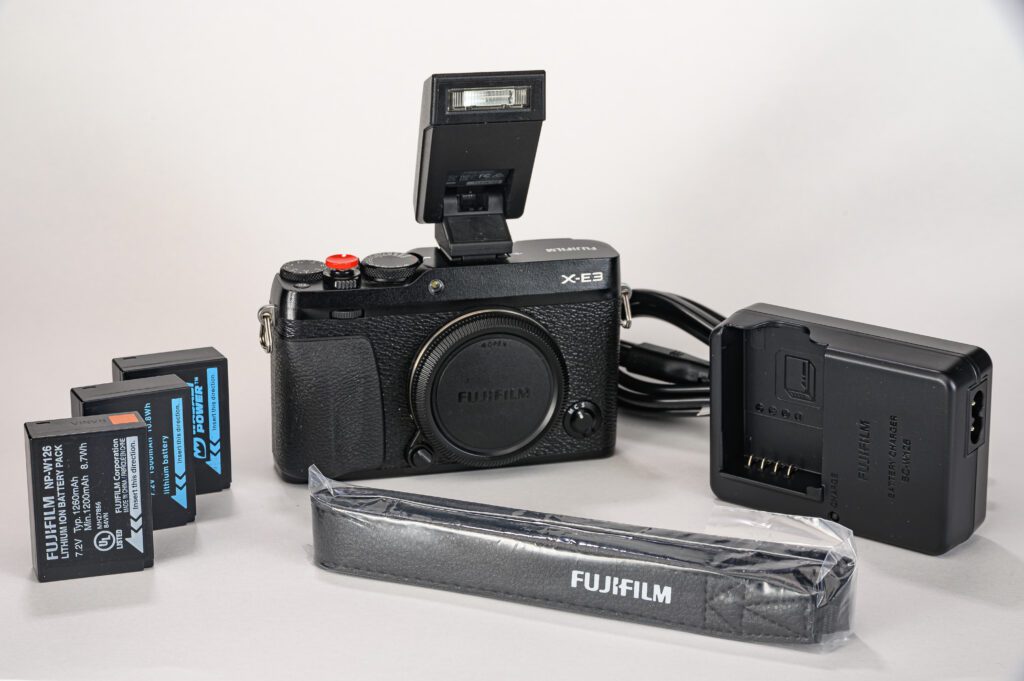When you take pictures for a living, the reasons to upgrade might be different than for the hobbyist. I mention this first because the first thing I consider before even thinking about the other reasons is, “will I be able to recover the investment?”
At one point, I would buy a newer car when I thought I was getting high mileage. This was because the amount of money to keep it running would soon not make sense to pour into the older vehicle.
Today I no longer think this way about cars. They are made to last much longer than when I first started driving. I have 282071 miles on my Toyota Sienna van.
I think more with cameras as I did with my earlier cars. If you keep your Digital Camera too long, it loses value much faster than film cameras. With film cameras, a newer model wasn’t doing all that much different because the film was what was changing every so often. You bought the film for the assignment.
If you are buying the flagship model most of the time, when the next new flagship comes out, your older one has the most excellent resale value. If you wait for every other flagship to upgrade, your camera’s resale value drops even more.

Typically I find that you can expect to sell your older model for about 50% of what you paid for it if you take good care of that camera. I have found that marketing directly to someone locally is where you get the best resale price.
I have found that selling my cameras on eBay was better than going to a camera reseller.
Reason #1
So, I buy a newer model first to get the most for my present camera. I usually have two flagship cameras of the same model. I often have another third camera that is more of a prosumer model. Today I have the Nikon Z6 as my third camera.
When I do an upgrade, I can usually get enough money selling two cameras to cover the cost of one of the newer ones.
Reason #2
Since I have stayed with Nikon for all my cameras I do jobs with; I have sometimes skipped an upgrade because there wasn’t significant value added in the newer model. So, when the Nikon D6 came out, I kept my Nikon D5 cameras until the Nikon Z9.
I will start with the jump from film to digital. I had been shooting film, and scanning 35mm transparencies and the biggest reason I wanted a digital camera was for digital capture. The amount of time I saved on the average job was days. The time to process the film and then scan each image took forever.
| Camera | Benefit |
| Nikon D100 [6 Mp] | Digital Capture main reason |
| Nikon D2X (12 Mp] | Better resolution |
| Nikon D3 [12 Mp] | ISO 200 to 6,400 & OK at ISO 12800 |
| Nikon D4 [16 Mp] | ISO 100-12,800 expandable to 204,800 |
| Nikon D5 [20 Mp] | 100-102,400ISO Expandable to 3,280,000, Better Video |
| Nikon Z9 [45.7 Mp] | Silent Shutter, Electronic Shutter 1/32000 to 30 Seconds, ProRes 422 HQ 4:2:2 10-Bit, Built-in Wireless & Built-in GPS |
There is a much more significant difference between the D4 and D5 than the D5 to D6. The gains of the D5 over the D4 are the different resolution which makes a big difference, especially if you have to crop a bit. The AF improvements are substantial and worth the upgrade alone.
The High ISO was the only thing that went backward from the D5 to the Z9. Increasing the number of megapixels while keeping everything else constant (sensor size, technology, etc.) will increase noise per pixel but also makes the noise finer grained, which is less objectionable.
Image size (megapixels) doesn’t directly impact noise, but it indirectly affects noise when considering two sensors of the same size. In this case, all things being equal, the larger-megapixel sensor will show more noise as a side-effect of trying to “squeeze” more pixels onto a sensor of similar size. Although showing this in some instances within a camera line, this factor can be challenging to pin down because cameras also often have upgraded sensor or processing technology that effectively manages noise.
Reason #3
Competition is real. There are numerous ways through the years this has impacted the industry.
If other photographers can deliver a better-looking image due to a camera that has cleaner images at higher ISO, the clients who use photographers will notice the difference. You cannot afford to let your equipment leave you behind.

Until the Nikon D3, all my digital cameras were letting me shoot the identical ISOs as film, nothing better for high ISO. However, the biggest game changer in my career was the Nikon D3. I no longer had to light interiors with flash to get acceptable images. So, I could be less disruptive to my clients because I didn’t have to use flash all the time.
Now the cameras after the Nikon D3’s biggest jumps came in the video side for me. Having a headphone jack for audio was huge.

When I went to mirrorless, I first did so with the Fuji X-E2 and X-E3 cameras. What I loved the most about these was the ability to shoot silent at times, and more importantly, I could look through the viewfinder when shooting video. I didn’t have to plug in live view and attach a unique loupe to see the image while filming.
While I tried a few other mirrorless cameras, I couldn’t replace my Nikon D4 and D5 with them. They were slow with focusing and slow with the shutter release.
The Nikon Z9 was the first mirrorless that I didn’t give up anything regarding focusing, the speed of capturing images, and no special extra attachments to video. Since I rarely shot above ISO 15,600, I didn’t lose anything in the high ISO.
Summary
There were many more factors for each camera that I upgraded to or bought to try out. No question that until the Nikon Z9, the Nikon D3 over the previous cameras was the biggest game changer.
Here are some of the upgrades with the Z9 that are worth mentioning here:
- No Shutter: Silent lets me shoot on film sets, during prayer services, and in other places where I need to be quiet. However, the most important thing is when I am behind people, for the first time in my 35+ years when I take a photo, people do not turn around due to the “Clicking Sound.”
- Focus: This not only focuses as well as my Nikon D5 but even more accurately and all over the frame. It has Artificial intelligence to look for people & animals’ eyes, and even cars it will track. One guy summed it up well when just photographing birds in flight. He had gotten more focus and usable images in just a couple of hours than in the past ten years.
- 45 Mp: This is the first high-megapixel camera for me. More megapixels will allow for larger images and cropping that I could have never done before.
- Zero Blackout Viewfinder: With DSLR, the mirror must move, and your camera goes black. With many of the mirrorless cameras, it also will go black due to the computer processor, but the Z9 is like never losing vision of the subject.
- In-built Image Stabilization – Sharper images at longer focal lengths and slow shutter speeds. A big plus with Video
- New mount design: Nikon reworked their mount and came out with new lenses to get better edge-to-edge sharpness. Edge-to-edge sharpness is huge with Video.
- Focus Bracketing – Take multiple photos shifting the focus point
- Focus Stacking – Stacks photos in-camera to maximize depth of field
- Smartphone Remote – Remote control your camera with a smartphone
- Continuous Shooting – 20 fps in RAW & 30 fps in JPEGs or If you don’t mind 11MP JPEGs, the Z9 can even shoot at up to 120fps
- Backward lens compatible – You can use all the lenses in the Nikon lineup with the converter.
